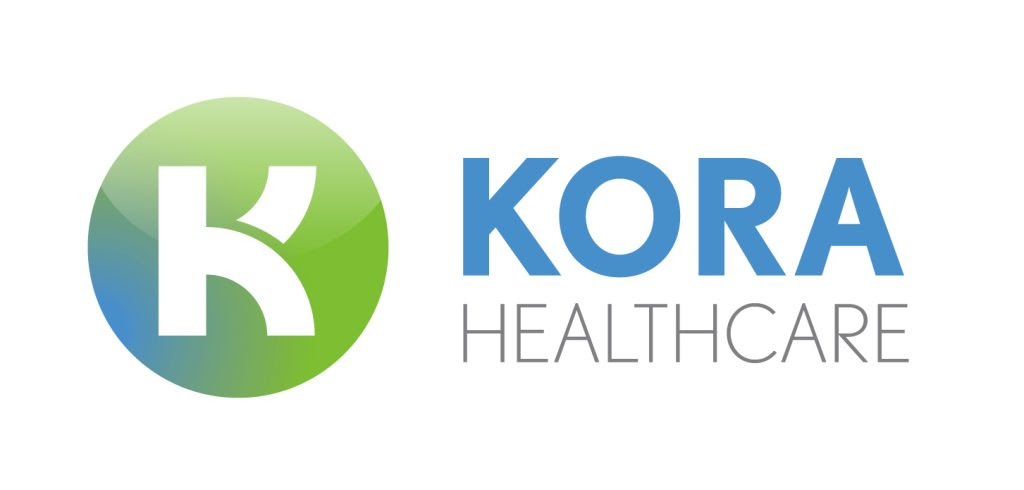
How to improve before & after photographs
Contributed by Dr Haroun Gajraj, Director of the VeinCare Centre
I frequently get asked by colleagues how I take photographs and what my motivation is. Well, I have refined my method of photography over many years and I now have a dedicated space in the corner of my consulting room to take photographs. My motivation is to have a record of how the condition looked before treatment and what I have achieved as the final result. I can then provide my patient with reassurance and provide evidence to protect myself against complaint. Though of course, in the case of a legal dispute only RAW images are accepted and I do not store RAW images as they are very large files.
Another important motivation is to provide marketing material. Good ‘before and after’ images will give prospective patients the confidence to choose you and your clinical services.
How I started
In 2009 I asked Mike Samuels, who was a medical photographer at the time, to come to my clinic and provide one-to-one training and advice. It was money well spent. He provided a “manual” for my camera (a Canon 400D), instructed me on the basics of photography and showed me how to take good photographs of leg veins. What I share here is based on that initial course and my experience over the last 10 years.
Camera
Buy the best you can afford, with the proviso that it should not be too complicated. I like Canon Cameras. They are simple to use, allow control of all the necessary components of the photographic process, and they focus quickly and accurately. The essential requirements of any clinical photography are that the image should be sharp and in focus, so the lens aperture and shutter speed need to be set appropriately.
Most popular zoom lens cameras start at wide angle and will distort the subject, giving the characteristic barrel lens distortion with a large nose, small ear effect of the “selfie”. Ideally, the lens should be set as a slightly longer focal length (zoom in a little) and if you are planning to work close up, you will need a macro facility.
Most cameras today have automatic focusing and exposure but for the best results, manual override is desirable.
Lighting
The image must be well lit, to see detail in the highlights as well as the shadows, so correct exposure is essential. LED lamps offer a cool-running, easily moved option, enabling you to see exactly where shadows and highlights are.
Background
This should be plain and ideally it should be placed about a metre behind the subject, to avoid heavy shadows.
Consistency
If possible you should have a dedicated area for photography. You’ll then have a suitable and uncluttered background where consistent lighting can be controlled.
Consent for photography
Patients have a right to be told exactly how the picture is to be used and consent can be withdrawn at any time. Note, however, that once photographs are posted on the internet images cannot be retrieved. If you plan to use photographs in this way, be explicit about this.
Storage of images
Clinical pictures are all part of the patient’s medical record and as such you must ensure they are stored in accordance with the General Data Protection Regulations (GDPR). Even if you consider them to be non-identifiable, they are still classified as confidential material (the only images classified as non-identifiable are intra operative pictures and pathological specimens); store them on encrypted PCs, laptops, drives and USB sticks.
- Latest News
- Highlights of BAS 2024 Sclerotherapy Conference Posted: 12th June 2024
- BAS 2024 Registration is now open! Posted: 6th March 2024
- Licensing of non-surgical cosmetic procedures in England Posted: 26th October 2023
- BAS 2024 Conference Posted: 9th October 2023
- Highlights of BAS 2023 Sclerotherapy Conference Posted: 1st June 2023








